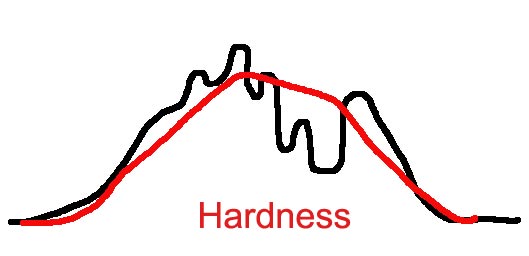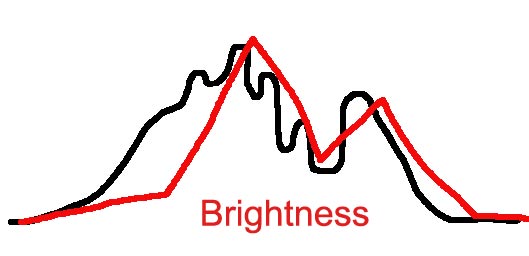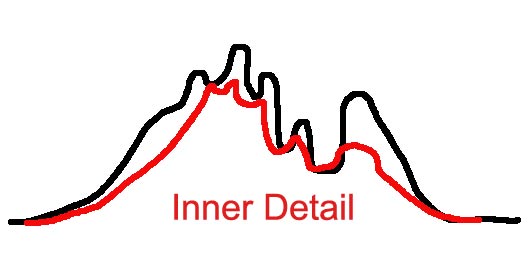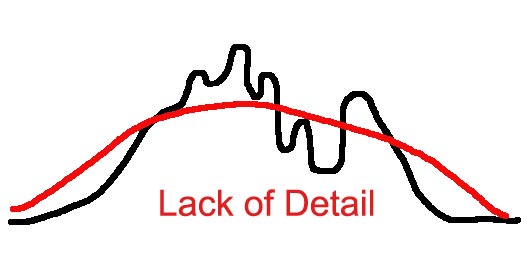YG Acoustics speakers of various sizes were found in 3 different rooms [at least].
There are a few interesting things to say about these rooms, I think, but in the future we will likely not talk much at all about YG Acoustics because they, or the rooms and people that use them, are too often just going for Practical or Boy Toy systems – and these just do not interest me, no matter if the speakers are worthy of much more [as many other speakers are as well].
At their best [on big old Krell amps, which I heard them with several years ago and I hear they ran them with again at the Dagogo show], these are speakers with a very linear response. Not perfect in all aspects, but speakers very worth listening to. Put something soulful up front [instead of the Krell Pre and dCS they usually use] and a person could well achieve a Drug-like intoxicating soul-expanding sound.
None of these rooms gave any indication that the speakers might be able to do this. Kind of like Wilson in that respect; if you were to go by the sound in most rooms that use Wilson speakers at most shows [and I guess most if not all dealer showrooms], you’d think they were a bad sounding, in-your-face, its-all-about-marketing speaker.

ROOM 1: This was the best sounding room with the YG Acoustics if you value musicality, listenability, and to a large degree accuracy and true-to-the-source realness.
The MBL integrated amp used in this room was relatively modest [100 – 150watts range if I remember correctly], and the fallout from this choice in amplification (a choice made in order to keep this a modest, balanced system [but there is no law that says the amps can’t be larger and several times as expensive as the speakers :-); MBL makes many beefier and very heavy amps which would be very interesting to hear on these little speakers]) was that the dynamics of the midrange was quite a bit less … dynamic… than that of the self-powered bass. So there was a disconnect between the mids and bass and it was much like a satellite speaker with a very tightly controlled subwoofer [subwoofers with aluminum cabinets like these… now THAT is subwoofering :-)].
One of the more interesting things at the show this year was the source in this and the next YG room. They recorded LPs [a few scratches and pops too :-)] onto digital and were using this pre-recorded digital music as their source.
It 1) DID retain some of the analog magic and 2) the ways in which it was not exactly like the original analog showed exactly how far digital recording and playback has yet to go if it is going to be at all convincingly like the music it is recording.
The quality of the pre-recorded LP playback is way better than the iPod playback components (which I saw NONE of this year – hurray! – and we instead saw a lot of reel-to-reel tape decks [Yay! but is this cheating? How many people have R2R in their systems?]). The LP playback was not as good as good CD playback, but it did manage to reproduce a little of the natural bloom and some of the PRaT [not exactly what I mean. There was a dynamic flow between the notes that was LPish, but there was also a stark discontinuousness that was unlike CD or LP] and a little of that harmonic richness that is found on [most] LPs.
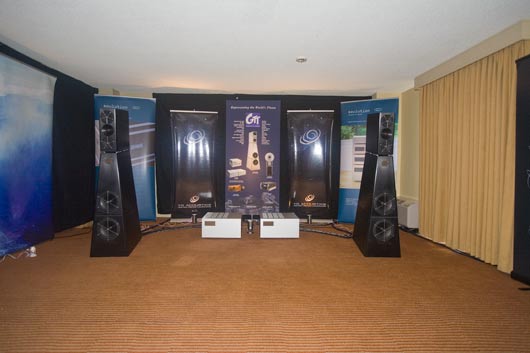
ROOM 2: This was the GTT Audio room with big YG Acoustics and Soulution electronics and the LP-on-digital source we talked about above.
This system was much the same as last year, with the exception of the source now having pre-recorded LPs instead of… pre-recorded CDs(?) last year. This is your standard Boy Toy system [as we talked about many times before, amps like the Soulution, despite its name, are not useful outside of the Boy Toy type system because of their lack of micro-dynamics etc.].
Maybe someday we will rank these but for the present they are not all that interesting to me. Sure am curious why SO MANY of these types of systems are foisted on us – it is like as a group the high-end audio industry has decided that only Boy Toy-loving audiophiles want big dynamics, or perhaps it is that most have decided that ALL audiophiles are looking for Boy Toys, and those that have limited funds get small Boy Toy systems and those that are more wealthy get BIG Boy Toy systems.

The Soulution front end.
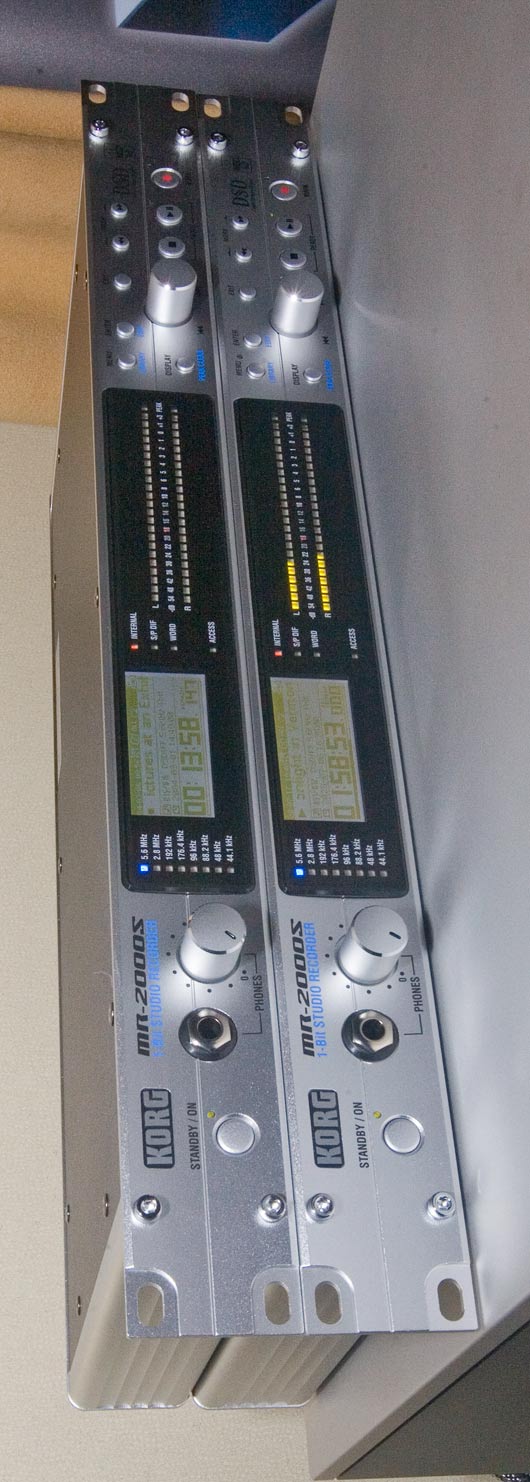
The equipment used to record? and playback the pre-recorded LPs

ROOM 3: The Veloce room also had small YG Acoustics speakers.
The Veloce electronics has a sweet, pleasant family sound. What was interesting, to me, here was that the sound was so … ordinary… by which I mean it sounded like your typical room at the show. Much of the linearity and resolution of these speakers was not in evidence [I believe many of the people who favor Practical systems think that this is probably a good thing].

Close up of the equipment rack.

Close up of the little YG Acoustics speakers.




